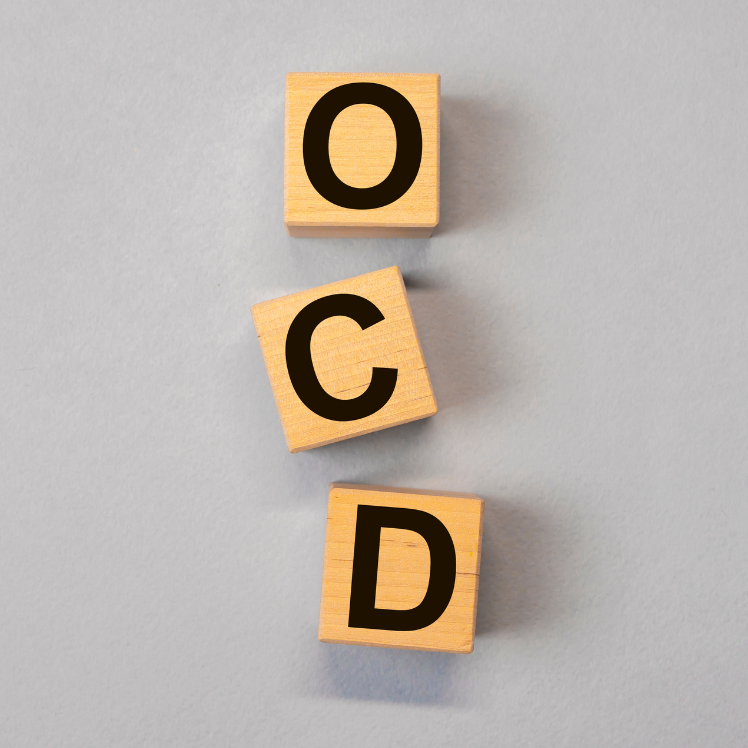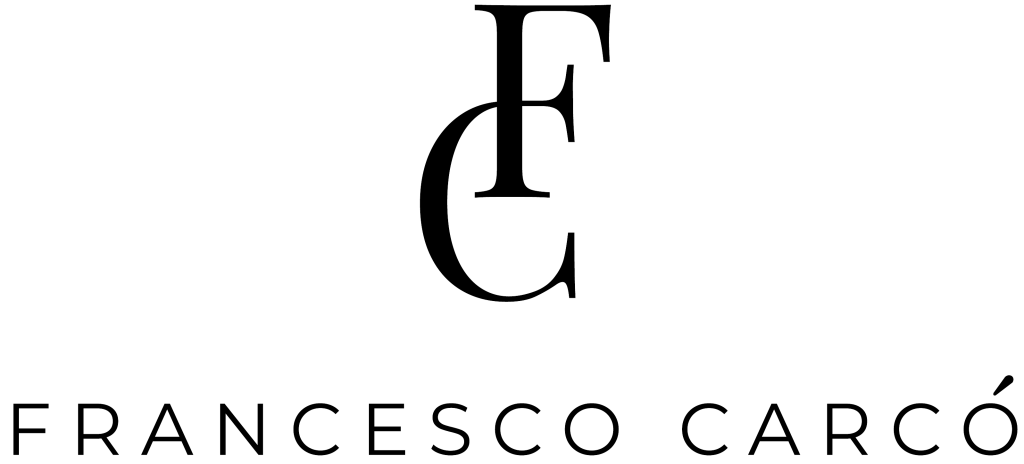
Unravelling the Complexities of OCD Types and Treatments
Obsessive-Compulsive Disorder (OCD) is a chronic anxiety disorder marked by persistent, unwanted thoughts (obsessions) and repetitive behaviours or mental acts (compulsions). These symptoms can lead to significant impairment in personal and social functioning.
Exploring the Depths of OCD Obsessive-Compulsive Disorder (OCD) is not a one-size-fits-all condition; it manifests in various forms, each with its unique challenges and needs. Understanding the nuances of these types can significantly impact the approach to treatment and management.
Types of OCD
- Contamination Obsessions and Cleaning Compulsions: Fear of germs or contamination leading to excessive cleaning and washing.
- Symmetry and Ordering Compulsions: A need for objects to be arranged in a specific manner or symmetry.
- Harm Obsessions and Checking Compulsions: Persistent fears of causing harm to oneself or others, leading to repetitive checking behaviours.
- Hoarding: Difficulty discarding items, leading to excessive accumulation of objects.
- Intrusive Thoughts: Unwanted and distressing thoughts about aggressive, sexual, or religious subjects.
Treatment Approaches
- Cognitive-Behavioural Therapy (CBT): Specifically, Exposure and Response Prevention (ERP) is the most effective psychological treatment. It involves exposing the individual to the source of their anxiety and teaching them to refrain from their compulsive responses.
- Medications: Selective Serotonin Reuptake Inhibitors (SSRIs) are the most commonly prescribed medications for OCD, helping to reduce the severity of obsessions and compulsions.
- Combination Therapy: Often, a combination of CBT and medication is more effective than either treatment alone.
- Alternative Treatments: For treatment-resistant cases, other options include deep brain stimulation, transcranial magnetic stimulation, and in severe cases, neurosurgery.
Challenges and Considerations Despite available treatments, many individuals delay seeking help due to stigma, shame, or lack of awareness. Early intervention is crucial to improve outcomes. Moreover, treatment is often tailored to the individual, considering the type and severity of their symptoms, and may require adjustments over time.
Subtypes of OCD
- Relationship OCD (ROCD): Obsessions about the suitability of a partner or the feelings towards them, leading to significant relationship distress.
- Existential OCD: Persistent and intrusive thoughts about life’s purpose, death, or the nature of reality, which can lead to extensive mental rumination.
- Perfectionism OCD: An overwhelming need for things to be perfect or “just right,” leading to endless checking, redoing, or inability to complete tasks.
- Sensorimotor OCD: Hyper-awareness of bodily processes or sensations, such as breathing or blinking, often resulting in distress and compulsive behaviours to ‘normalize’ these sensations.
- Paedophilic OCD: Unwanted, intrusive thoughts of harming children, despite no desire to act on these thoughts, causing extreme distress and avoidance behaviours.
Advanced Treatment Strategies
- Tailored Cognitive-Behavioural Therapy: Adapting CBT techniques to address the specific fears and compulsions of each subtype, such as using imaginal exposure for harm-related obsessions or mindfulness-based strategies for sensorimotor OCD.
- Medication Augmentation: Adding antipsychotics or other medications to SSRIs for treatment-resistant OCD or specific subtypes where SSRIs alone are less effective.
- Intensive Treatment Programs: For severe cases, residential treatment or intensive outpatient programs can provide more structured support and comprehensive therapy.
- Neuromodulation Techniques: Techniques like transcranial magnetic stimulation (TMS) or deep brain stimulation (DBS) offer hope for individuals who do not respond to traditional treatments.
- Plant Medicine: The use of PAT – Psychedelic Assisted Therapy is by far one of the method gaining momentum across the globe. For information on what PAT is, and what PAT does help with, please watch this Netflix Documentary “MAGIC MEDICINE”. I also organise retreat to Holland where psilocybin can be legally used for therapeutic purpose in a very safe environment, if anyone is interested in tackling OCD. Please note that the use of this plant medicine is not legal in the UK.
Overcoming Barriers to Treatment Many individuals with OCD suffer in silence due to stigma, misunderstanding, and fear of judgment. Educating the public and healthcare providers about the diverse manifestations of OCD is crucial. Additionally, encouraging early treatment and providing accessible, subtype-specific resources can make a significant difference in the lives of those affected.
Conclusion OCD is a complex and diverse disorder with various subtypes, each requiring a specialized approach to treatment. Understanding the different facets of OCD and the available treatment options can empower individuals to seek help and achieve a better quality of life.
OCD is a multifaceted disorder that requires a nuanced understanding and personalized approach to treatment. By recognizing the various subtypes and embracing a comprehensive treatment strategy, individuals with OCD can find relief and regain control over their lives.
For those seeking further information and support on OCD and its treatments, explore resources available at francescocarco.com for research-based insights and treatment options.
https://francescocarco.com

